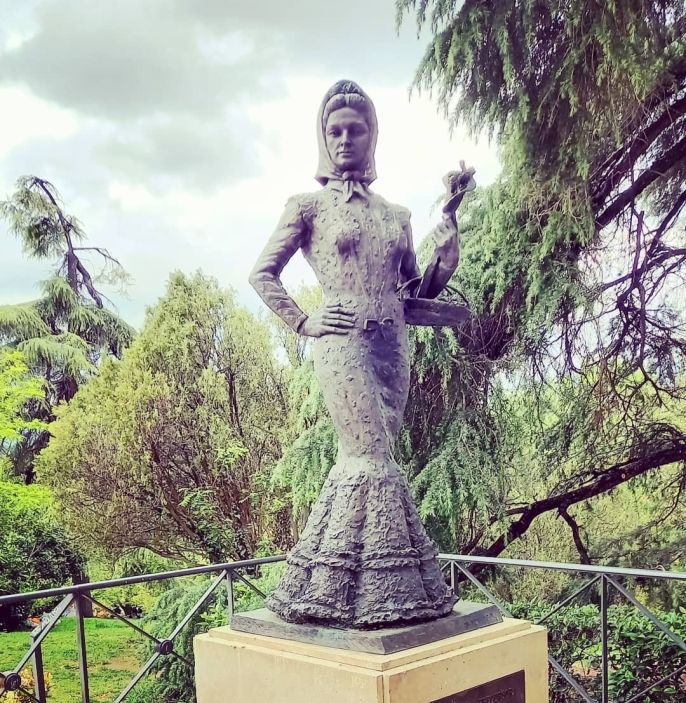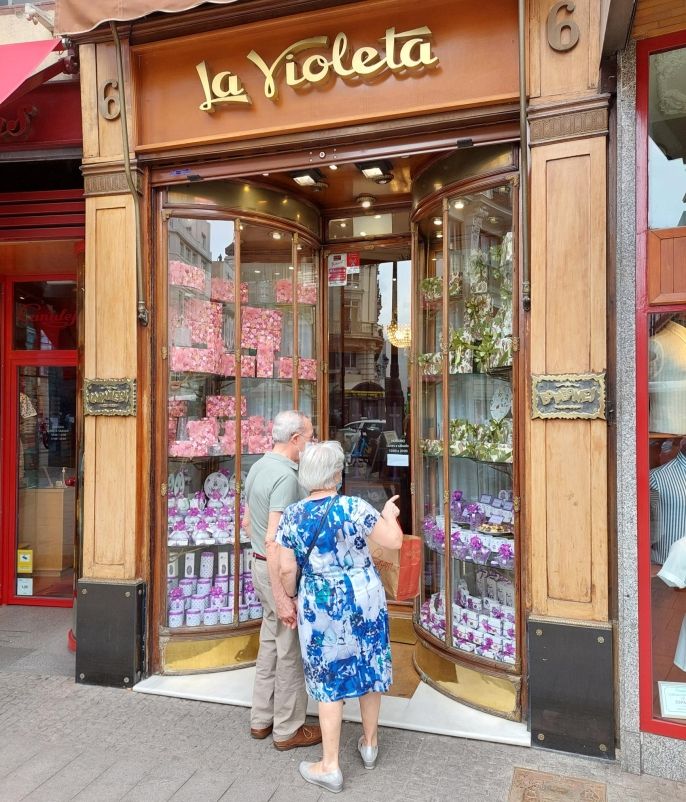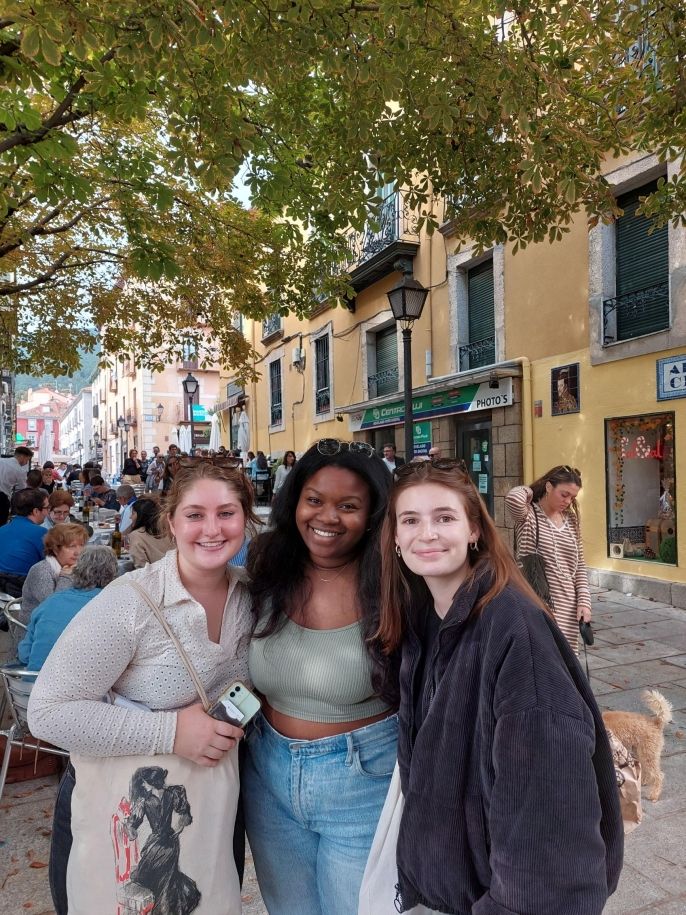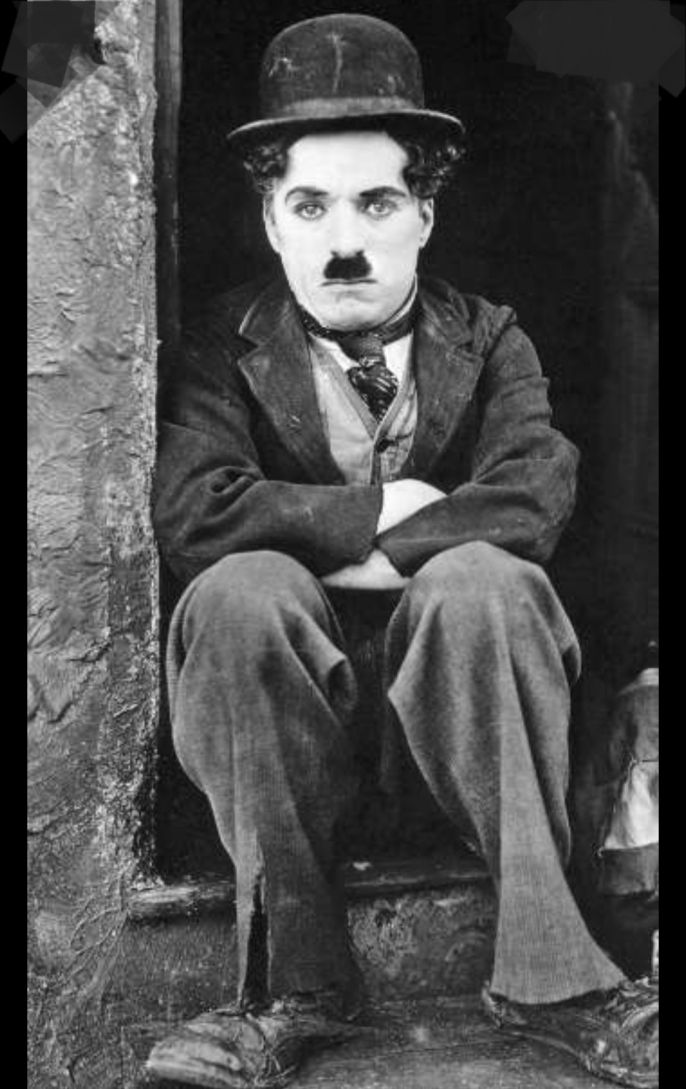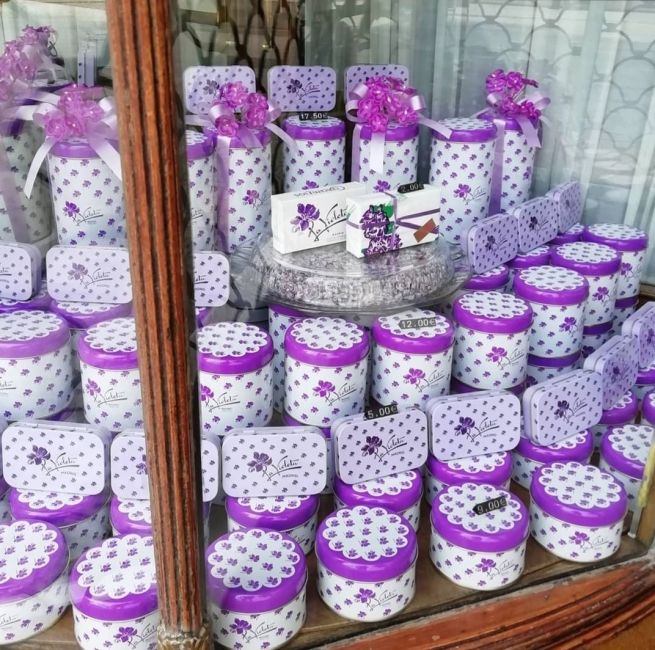Media Communications Course in Madrid: Charlie Chaplin, the Flower Girl and Violet Candy
One of Hollywood´s iconic comedians, Charlie Chaplin, had a unique inspiration in Madrid: The flower seller girl and violet candy. In one of our more popular communication courses in Madrid, "Media, Gender and Identity," the class explores popular representations in both the US and Madrid. Using the case study of Charlie Chaplin students sought to examine how the song, La Violetera (which in Spanish, a Violetera is a woman who sells violet flowers and candy) was adapted by Charlie Chaplin for the soundtrack of his biggest box office hit, City Lights (1931).
City Lights marked the first time Chaplin composed a film score for one of his silent films, which had already lost in popularity as a movie genre in the early 1930s. The main tune played on the soundtrack is the 1914 vaudeville song La Violetera from Spanish composer José Padilla. Chaplin lost a lawsuit to Padilla for not crediting him when the film became a smash hit at the box office. Chaplin´s film was enthusiastically received by Depression-era audiences as the story comically dealt with clumsy masculinity and a blind woman from a low economic background, giving hope and inspiration for the future.
In Madrid, flower girls used to roam the streets to sell violets collected near the Río Manzanares riverbeds. Violet flower leafs were also made into a candy that is still sold today in one of the oldest family-run candy shops in the capital, called La Violeta, only two blocks from the CIEE classrooms. Nowadays, the song La Violetera and its connection with Chaplin is remembered with a statue in Madrid near the Royal palace, in the historic district and is one of the few public displays dedicated to women in the Spanish capital. The film City Lights is now considered a masterpiece, and violet candy is a treasured Madrid souvenir.
Related Posts

EAT, DRINK, EXPLORE: MADRID
BEST FOOD TO EAT IN MADRID Like fish and chips in England, and gelato in Italy, bocadillo de calamares is a quintessential must-eat in Madrid. Fresh squid rings are coated... keep reading

The Unexpected Trip That Sparked Lifelong Friendships
By: Amelia Anderson Studying abroad with CIEE this semester has been full of new friends, new adventures, and lots of spontaneous decisions. One of my favorite experiences so far was... keep reading
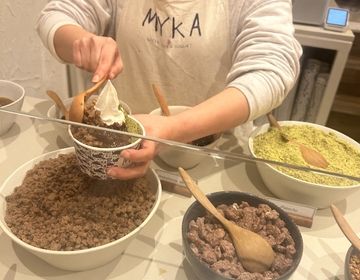
A Culinary Journey Through Madrid
By: Hayley Bloch Madrid is a city known for its vibrant food scene, offering an array of flavors that range from traditional Spanish dishes to modern, international delights. Throughout my... keep reading
